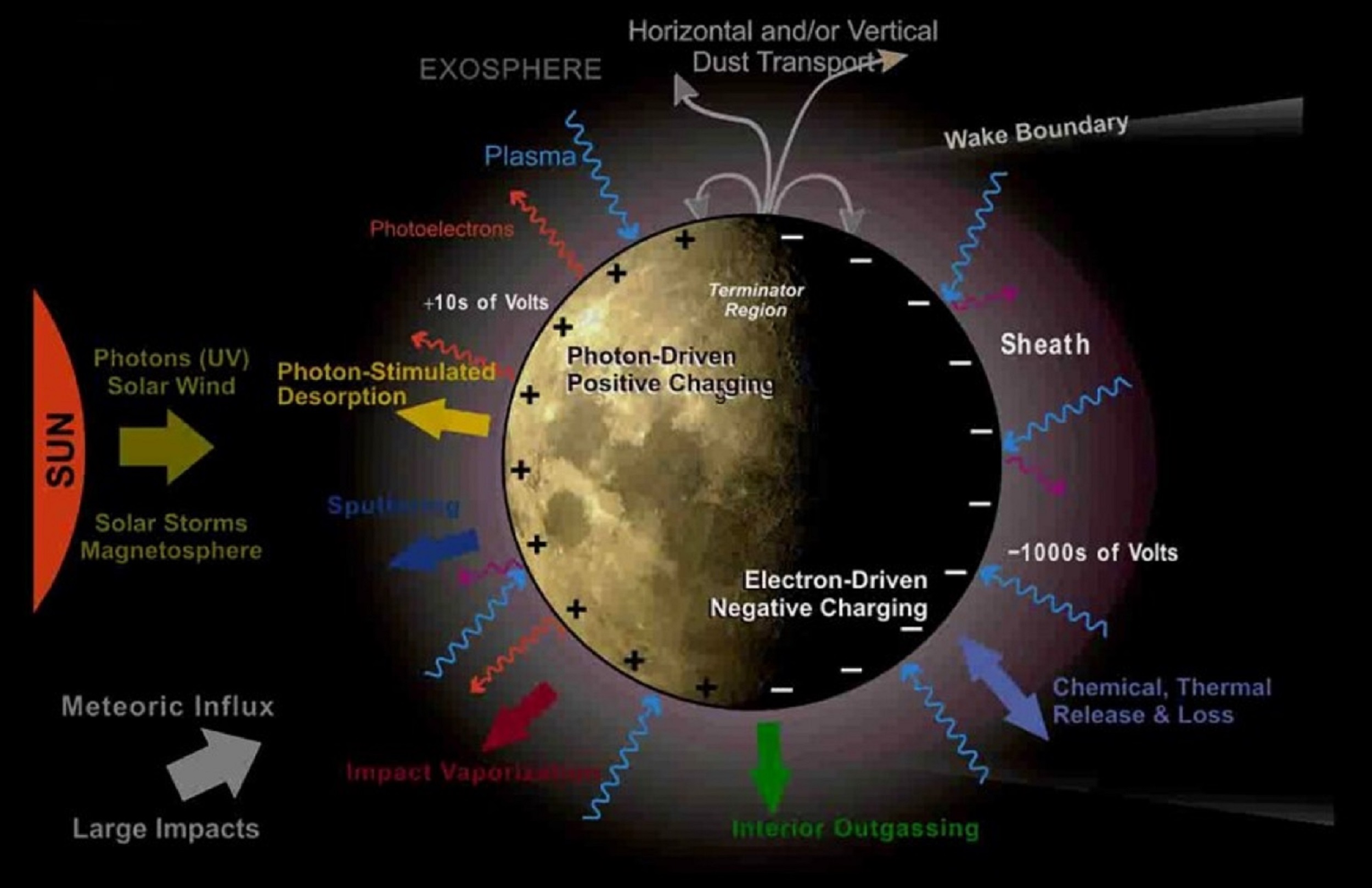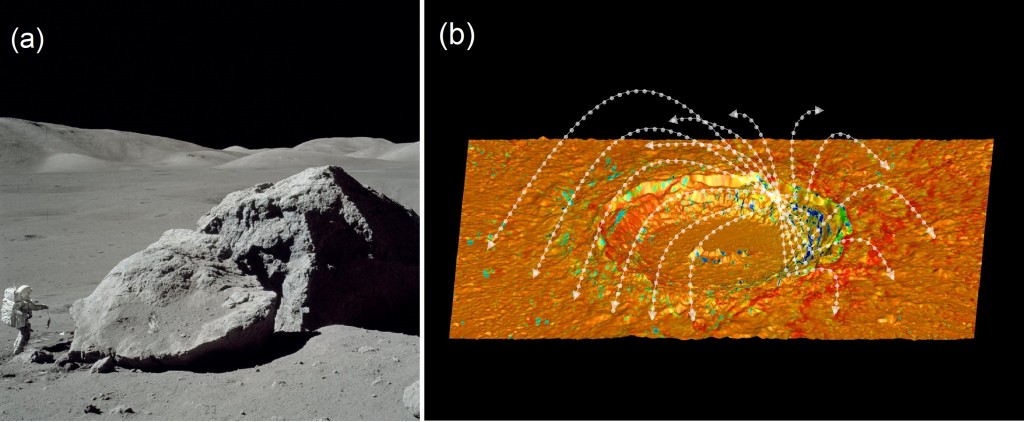Scientific Discoveries in Lunar and Martian Surface Environment Study
Zhang Xiao Ping, Xu Yi
Macau University of Science and Technology
A thorough knowledge of lunar and planetary environments, such as dust activity and high-energy particle radiation, and the location of water, is crucial to the function of space vehicles and survival of astronauts. This project studied the surface environment and subsurface structure of the Moon and the Mars, to guide future space exploration. Lunar dust is made up of tiny, abrasive, and pervasive sharp grains. The 1961-1972 Apollo missions observed high-density lunar dust activity, which they believed to be a global phenomenon near the lunar twilight zone, but later missions failed to verify this. By analyzing data of in-situ experiments of Chang’e 3 and lunar obiter, this project discovered those high-density dust activities were local events above twilight craters. An electrostatic model for dust transportation has been built to explain the phenomena successfully. This project also improves the model aiming to minimize high-speed dust ejections due to the interaction between the lander’s plume and the lunar surface. In terms of radiation environment research, the project team found a record-breaking galactic cosmic ray flux since the space age, which raises higher requirements for radiation protection. Further, the team established the first self-consistent model of cosmic ray interactions with the lunar surface, which can be used to age meteorites and extraterrestrial samples. While remote sensing technology has been used to study the Moon’s surface, details of its subsurface have eluded scientists. However, with the landing of Chang’e 3 and 4, this project was able to examine the underground structure through data obtained from the lunar penetrating radar set up on the rovers, which has improved our understanding of lunar regolith structure and properties, lunar volcanisms, etc. This information is essential for our future activities on the Moon — for landings or for us to build lunar bases. In Martian environment study, the project team proposed a new Martian analog study site-Qaidam Basin in China and performed comparative study of Martian-like landforms and experiments of ground penetrating radar, preparing for the water ice searching tasks of China’s first Martian mission, Tianwen-1.

Fig 1 The complex lunar surface environment is a window to study the interaction between the space and the surface of airless celestial bodies

Fig 2 (a) The moon's surface is covered by a thick layer of dust (b)Lunar dust fountain observed near twilight craters

Fig 3 Various dunes in the Qaidam Basin and their counterparts on Mars: (A) and (A') Barchan dunes, (B) and (B') Barchans dune


